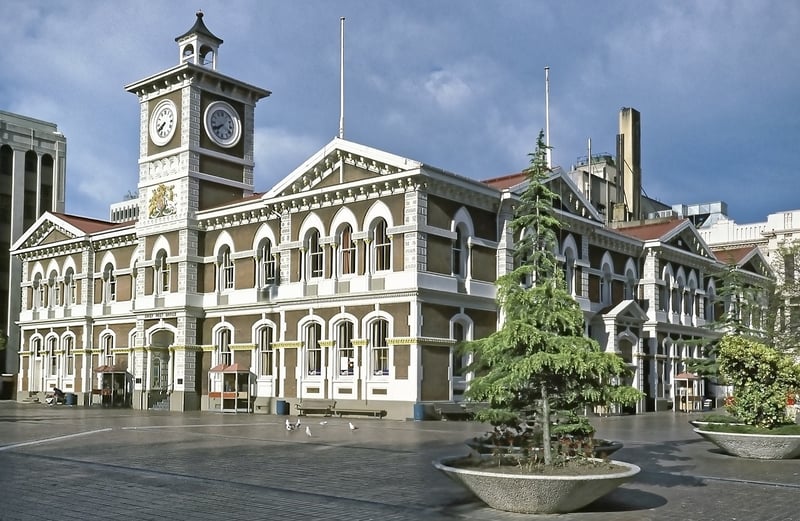Emergency Protocols
Precautionary Measures and Emergency Protocols
Introduction
Ensuring safety and preparedness is critical in any environment. Whether at home, work, or in public spaces, having precautionary measures and emergency protocols in place can make a significant difference in times of crisis. This article aims to highlight key precautionary measures and emergency protocols that everyone should be aware of.
Precautionary Measures
Precautionary measures are steps taken to prevent accidents, injuries, or emergencies from occurring. By implementing these measures, individuals can reduce risks and maintain a safe environment. Some common precautionary measures include:
- Regular safety inspections and maintenance of equipment and infrastructure
- Proper storage and handling of hazardous materials
- Training employees or family members on emergency procedures
- Installing smoke detectors, fire alarms, and carbon monoxide detectors
- Practicing good hygiene to prevent the spread of illnesses
Emergency Protocols
Emergency protocols are predefined procedures to follow in the event of a crisis or disaster. These protocols help individuals respond quickly and effectively to emergencies, minimizing harm and damage. Some essential emergency protocols include:
- Establishing emergency exits and evacuation routes
- Creating a communication plan with designated meeting points
- Knowing how to perform CPR and basic first aid
- Keeping emergency contact numbers handy
- Staying informed about local emergency alerts and warnings
Conclusion
By following precautionary measures and being familiar with emergency protocols, individuals can enhance their safety and that of others around them. Preparedness is key to effectively managing unexpected situations and ensuring a timely response to emergencies. Remember, it's better to be proactive and prevent accidents than to deal with their consequences later.


